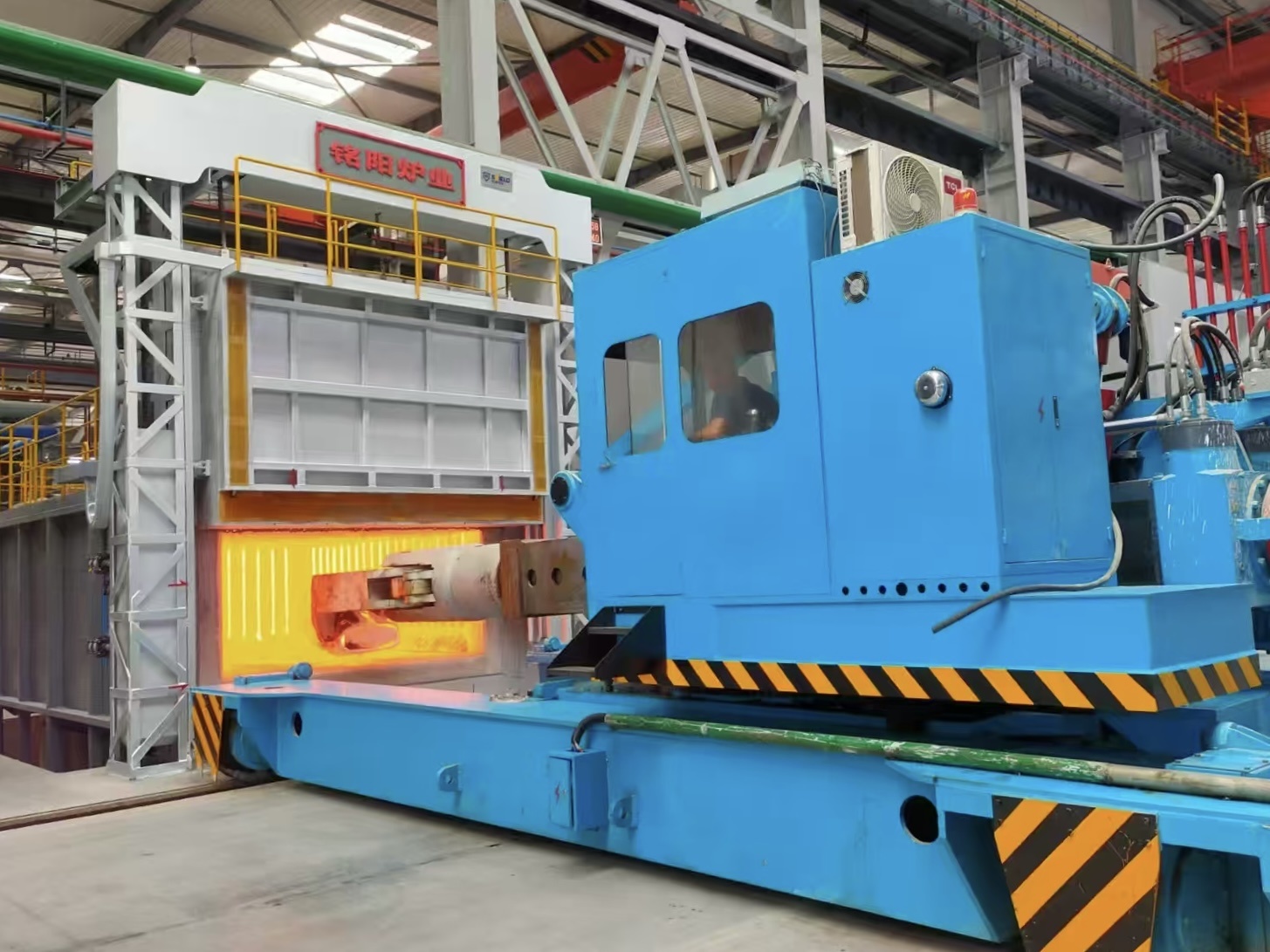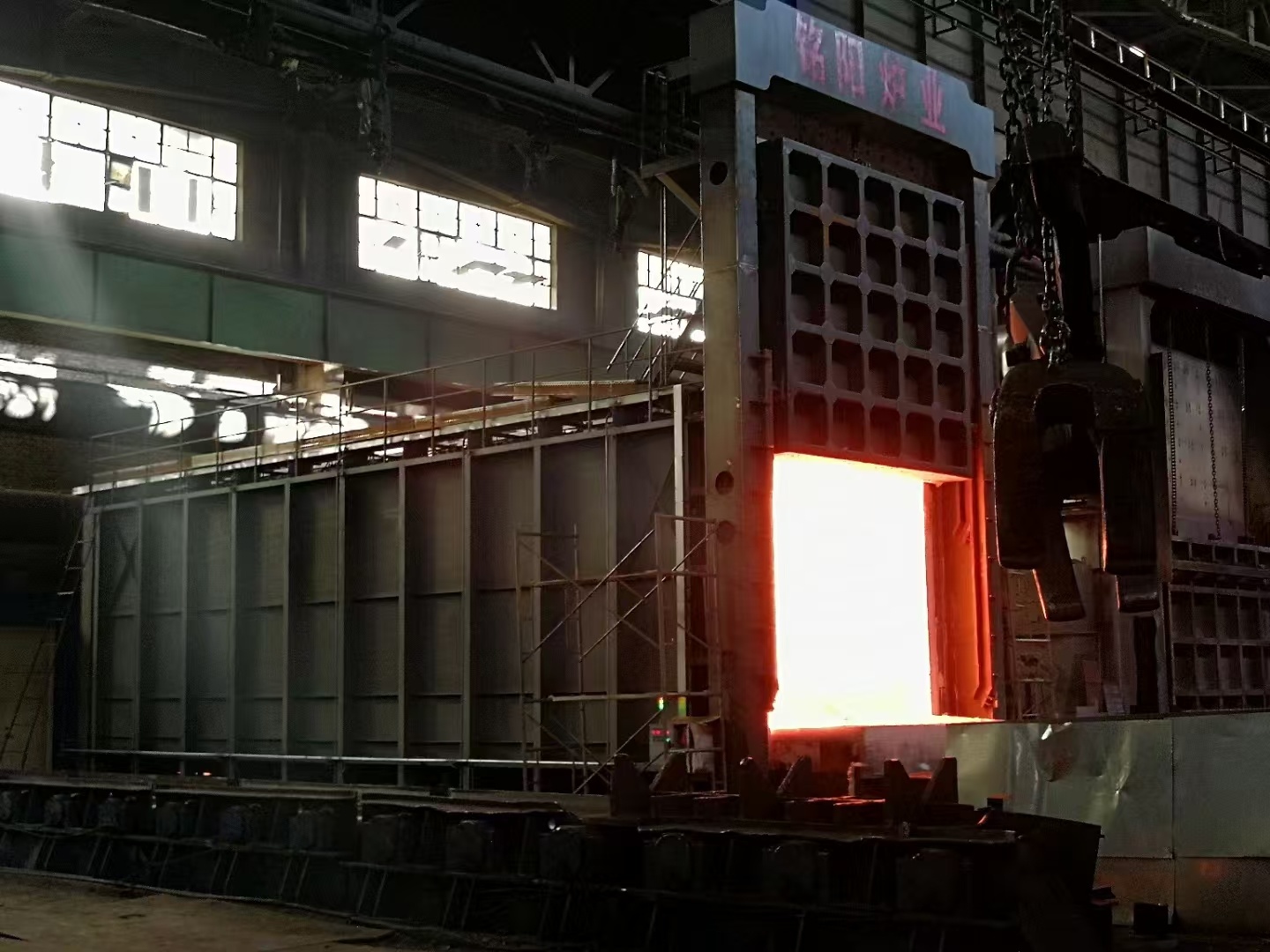


Unlocking the Potential of OEM Quenching Furnaces: A Comprehensive Guide
The primary function of an OEM quenching furnace is to provide precise temperature control and consistent cooling rates, which are essential for achieving the desired mechanical properties in the treated materials. During the quenching process, metal parts are heated to high temperatures and then submerged in a cooling medium, such as oil or water. This rapid cooling transforms the microstructure of the metal, resulting in increased hardness and strength.
One of the key advantages of using an OEM quenching furnace is the customization available to meet unique production goals. Manufacturers can specify the furnace's size, heating capacity, and cooling methods based on their particular needs. This level of customization allows for enhanced efficiency, as the furnace can be optimized for specific materials or production processes.
Another important aspect of OEM quenching furnaces is their ability to handle various types of metals and alloys. Whether it's steel, aluminum, or other specialized materials, an OEM quenching furnace can be designed to accommodate different thermal properties and cooling requirements. This versatility is especially beneficial for industries that deal with a diverse range of components and necessitate precise heat treatment processes.
Furthermore, the automation and technological advancements embedded in modern OEM quenching furnaces contribute to improved safety and energy efficiency. Advanced control systems allow operators to closely monitor and adjust parameters throughout the quenching process, minimizing the risk of errors and ensuring consistent results. Additionally, energy-efficient designs reduce operational costs and environmental impact, making these furnaces a smart choice for forward-thinking manufacturers.
In conclusion, OEM quenching furnaces are indispensable in the industrial landscape, particularly for companies focused on metalworking and heat treatment. Their ability to provide tailored solutions, handle diverse materials, and incorporate cutting-edge technology makes them a vital investment for manufacturers aiming to enhance product quality and operational efficiency. Understanding the functionality and benefits of these specialized furnaces can equip businesses with the knowledge to optimize their production processes and achieve superior results.
If you are interested in our products, please leave your email and we will contact you as soon as possible.
COOKIES
Our website uses cookies and similar technologies to personalize the advertising shown to you and to help you get the best experience on our website. For more information, see our Privacy & Cookie Policy
COOKIES
Our website uses cookies and similar technologies to personalize the advertising shown to you and to help you get the best experience on our website. For more information, see our Privacy & Cookie Policy
These cookies are necessary for basic functions such as payment. Standard cookies cannot be turned off and do not store any of your information.
These cookies collect information, such as how many people are using our site or which pages are popular, to help us improve the customer experience. Turning these cookies off will mean we can't collect information to improve your experience.
These cookies enable the website to provide enhanced functionality and personalization. They may be set by us or by third-party providers whose services we have added to our pages. If you do not allow these cookies, some or all of these services may not function properly.
These cookies help us understand what you are interested in so that we can show you relevant advertising on other websites. Turning these cookies off will mean we are unable to show you any personalized advertising.


